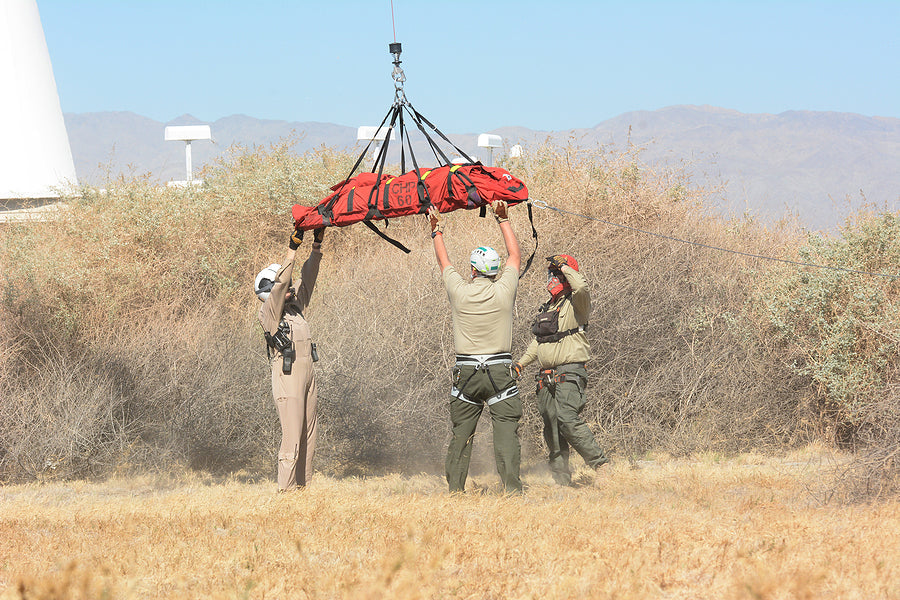The role of a simple helicopter stretcher can sometimes be overlooked amid the high-tech whirl of a helicopter’s blades when an air ambulance is called into action, but many a patient will have cause to be glad for the ease it provides in helping get them into the chopper.
This is especially so when medical attention is urgently needed for a very serious injury that means they cannot walk to the aircraft, a case in point being that of cyclist Chris Froome.
The four-time Tour de France winner was training in the country when he suffered a severe crash on August 28th and was airlifted to a hospital in Toulon. At the time, it was reported that he had serious injuries, but only now has it emerged just how bad.
Speaking to The Times, his wife Michelle Froome announced that as well as a fractured vertebra, five broken ribs and a punctured lung, the cyclist had also suffered a heart muscle tear known as a pericardial rupture. This injury has a fatality rate of between 30 and 67 per cent, as the muscle holds the heart in place and if it is dislocated, that can stop it functioning.
For this reason, the helicopter took Froome to the Sainte-Anne Military Hospital, the leading centre in that part of France for heart surgery, where surgeons carried out an emergency operation.
Mrs Froome declared that her husband faces a “long recovery process” and “won’t be riding a bike for a while”, but that he was happy to make the information about his injuries public.
While the veteran cyclist won’t be pushing a bike uphill anytime soon, at least he won’t be pushing up the daisies, thanks to the fact that a stretcher was able to ferry his smashed-up body from the roadside to the helicopter.
Most cyclists won’t get to ride triumphantly through Paris in a yellow jersey, but if they have a bad accident, they may share with Froome the gratitude for a practical helicopter stretcher to get them to the air ambulance quickly.

